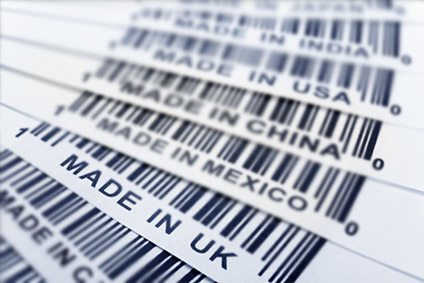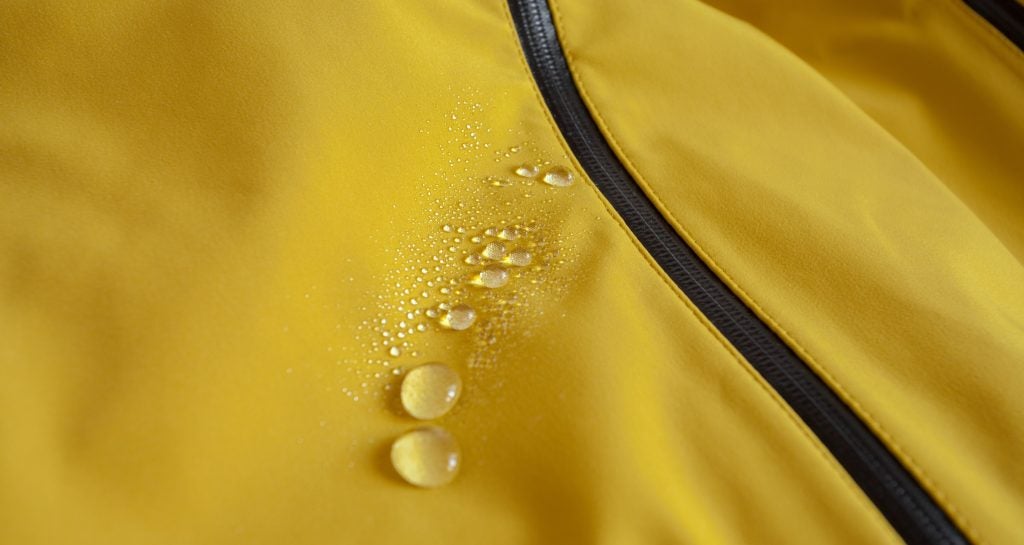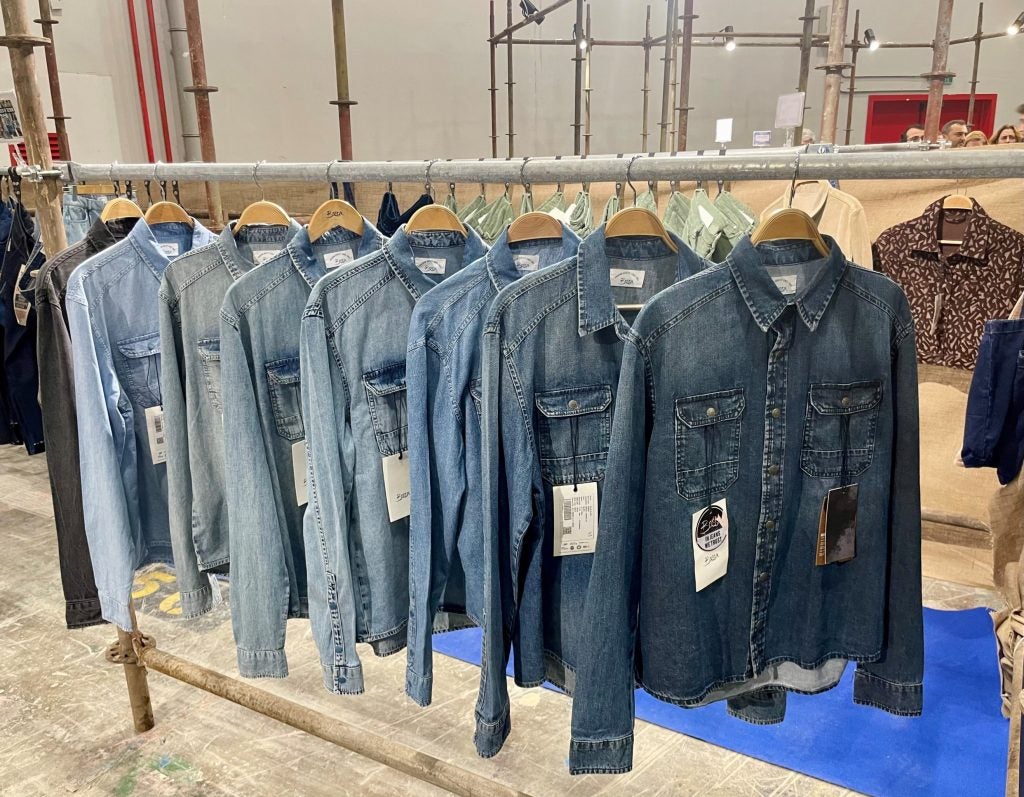
The value of world textile and apparel exports returned to growth in 2017 for the first time in two years, with notable trends including China’s textile shipments reaching a new record high and Vietnam’s continuing climb as a leading exporter. In turn, these shifts are closely linked to changing patterns in world apparel manufacturing, writes Dr Sheng Lu, associate professor in the Department of Fashion and Apparel Studies at the University of Delaware.
According to recently released World Trade Statistical Review 2018 from the World Trade Organization (WTO), the current dollar value of world textiles (SITC 65) and apparel (SITC 84) exports totalled $296.1bn and $454.5bn respectively in 2017, up 4.2% and 2.8% from a year earlier. This is the first time since 2015 that the value of world textile and apparel exports has seen growth.
Textiles and apparel are not alone. Driven by rising global demand for imports, the current dollar value of world merchandise exports also rose by 4.7% in 2017 – its most robust growth in six years, to reach $17.43 trillion. Crucially, the ratio of trade growth to GDP growth finally returned to its historic average of 1.5, compared to the much lower 1.0 ratio recorded in the years following the 2008 financial crisis.
On the other hand, reflecting a more diversified product structure for trade, textiles and apparel last year accounted for around 4% of world trade, down from 5% in 2016.
Top textile and apparel exporters
How well do you really know your competitors?
Access the most comprehensive Company Profiles on the market, powered by GlobalData. Save hours of research. Gain competitive edge.

Thank you!
Your download email will arrive shortly
Not ready to buy yet? Download a free sample
We are confident about the unique quality of our Company Profiles. However, we want you to make the most beneficial decision for your business, so we offer a free sample that you can download by submitting the below form
By GlobalDataSee Also:
China, the European Union (EU28) and India remained the world’s top three exporters of textiles in 2017. Together, they accounted for 66.3% of world textile exports, up from 65.9% in 2016. They also enjoyed faster-than-average export growth in 2017 – at 5.0% for China, 5.8% for the EU28 and 5.9% for India.
The United States remained the world’s fourth largest textile exporter, accounting for 4.6% of the total, the same as the year before. Notably, for the second year in a row, Vietnam ranked the world’s tenth largest textile exporter, reaching $7.4bn, up 17.7% from a year earlier. If it can maintain this momentum, Vietnam is likely to surpass Pakistan and Hong Kong and become the world’s eighth largest textile exporter in 2018 or 2019.
When it comes to apparel, China, the European Union (EU28), Bangladesh and Vietnam remained the world’s top four largest exporters in 2017, accounting for 75.8% of the world market share. This was even higher than 74.3% a year earlier and a substantial increase from 68.3% back in 2007. Apparel exports from EU members grew particularly fast last year, booking 10.7% growth compared to the world average of 2.8%. Meanwhile, exports from Vietnam and Bangladesh also achieved growth of 9.3% and 2.3% respectively.
Continuing the trend seen in recent years, China is exporting less apparel and more textiles to the world. Notably, China’s share of world apparel exports fell from its peak of 38.8% in 2014 to a record low of 34.9% in 2017. Meanwhile, China last year accounted for 37.1% of world textile exports, which was a new record high.
It is important to recognise that China is playing an increasingly critical role as a textile supplier for many apparel-exporting countries in Asia. Measured by value, 47% of Bangladesh’s textile imports came from China in 2017, up from 39% in 2005. Similar trends are seen in Cambodia (up from 30% to 65%), Vietnam (up from 23% to 50%), Pakistan (up from 32% to 71%), Malaysia (up from 25% to 54%), Indonesia (up from 28% to 46%), Philippines (up from 19% to 41%) and Sri Lanka (up from 15% to 39%) over the same period.
Top textile and apparel importers
Measured in value, the European Union (EU28), the United States and China were the top three largest importers of textiles in 2017, accounting for 37.7% of the world total. Although the market shares of the top three were close to 38% a year earlier, their imports are nevertheless much lower than their combined share of over 50% back in the 2000s.
The increasing diversification of textile imports is closely linked to the shifting pattern of world apparel manufacturing. Over the past decade, garment production has been moving from developed to developing countries. Meanwhile, most developing countries rely heavily on imported textile inputs due to the lack of local manufacturing capacity, which explains why demand from these apparel-exporting countries has been growing particularly fast.
On the other hand, strong consumer purchasing power (often measured by GDP per capita) and population size mean the European Union, United States and Japan remained the top three importers of apparel last year – together importing 62.3% of the world’s apparel, down slightly from 62.9% a year ago. Notably, China is quickly becoming one of the world’s largest apparel importers. China’s apparel imports totalled $7.2bn in 2017, a rise of 11.4% from a year earlier. From 2010 to 2017, China’s apparel imports enjoyed nearly 17% annual growth, compared to only 1.09% in the traditional top three.








